In this guest post, Dr Narveen Kaur describes some of the research that she is conducting for the Centre for Hidden Histories.
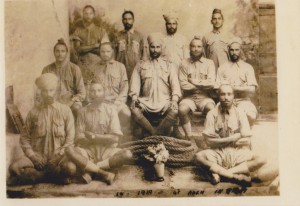 Researching World War I is rather a difficult task involving the trawling through archival material and old newspapers. In my work with the Centre of Hidden Histories, I want to uncover the family histories of soldiers involved in the War effort, specifically the participation of the Malay State Guides in the Aden Field Forces from 1915 to 1919. The Hidden Histories project aims to fill a gap in memories and as the focus on Malaysian Sikh participation in World War I emphasizes the Ghadr movement and the resulting Singapore Mutiny prior to the troop transfers in 1915, there is comparatively little on their experiences during the war. The work to date has been a challenge, in identifying families and trying to source primary material. In the Malaysian Archives, the files are restricted and require government permission while the Japanese Occupation of World War II in Malaysia meant the destruction and loss of significant chunks of material history including the regimental colours and silver.
Researching World War I is rather a difficult task involving the trawling through archival material and old newspapers. In my work with the Centre of Hidden Histories, I want to uncover the family histories of soldiers involved in the War effort, specifically the participation of the Malay State Guides in the Aden Field Forces from 1915 to 1919. The Hidden Histories project aims to fill a gap in memories and as the focus on Malaysian Sikh participation in World War I emphasizes the Ghadr movement and the resulting Singapore Mutiny prior to the troop transfers in 1915, there is comparatively little on their experiences during the war. The work to date has been a challenge, in identifying families and trying to source primary material. In the Malaysian Archives, the files are restricted and require government permission while the Japanese Occupation of World War II in Malaysia meant the destruction and loss of significant chunks of material history including the regimental colours and silver.
Entering the active data collection phase of research for my project, I wanted to start blogging a bit on the experiences of collecting family memories and working with enthusiastic and passionate citizen historians. In this first blog post, I would like to put in perspective the service of this unit. As described in a newspaper article, the Malay State Guides entered the war effort in 1919, with a force of approximately 1000 men. This unit received a number of recognitions in medals and orders of merit. A complete list may be found here.
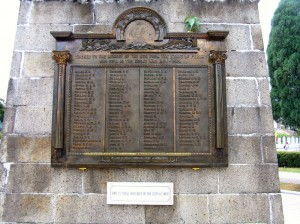 During the course of my research, I spoke with one woman, who has devoted time and effort to research on her father and his participation in the Malay State Guides, his service in Aden and later his work within the Police forces. Her father was one of the approximately five hundred soldiers who returned from Aden.
During the course of my research, I spoke with one woman, who has devoted time and effort to research on her father and his participation in the Malay State Guides, his service in Aden and later his work within the Police forces. Her father was one of the approximately five hundred soldiers who returned from Aden.
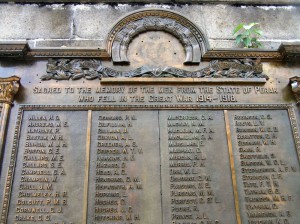
The efforts of citizen historians help to keep the artefacts and histories of these soldiers alive yet the lack of research methods knowledge impedes their work. I hope to contribute to their efforts by organising a road show in Kuala Lumpur this July. Hopefully, efforts such as this will offer the opportunity to disseminate the knowledge needed to preserve the valour and bravery of the Malay State Guides and expand our understanding of the Malaysian Sikh diaspora and their engagement with the forces of empire, pushing back against the politics of remembrance within the Malaysian national narrative that results in the loss of cultural knowledge and history. A recent investigation of cenotaphs in Malaysia demonstrated this slow erasure, where the World War I memorial that stands outside the railway station in Ipoh holds only the names of the British fallen soldiers.
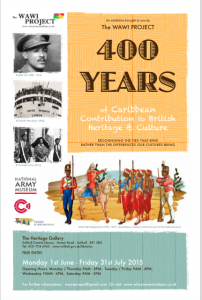 “Nothing beats stronger than the heart of a volunteer”
“Nothing beats stronger than the heart of a volunteer”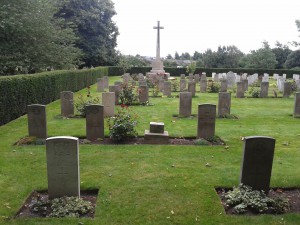
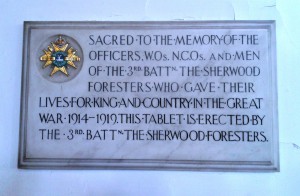 This talk will argue that public parks were caught up in some of these reactions and ambiguities, and were utilised both in support of the war effort in various ways and also sometimes as places where resistance to the war and its consequences occurred. The recruitment of hundreds of thousands of men for the armed forces, food shortages and rationing, the assumption of male work roles by numerous women, all impacted upon urban parks and green spaces. As we shall see, public parks in Derby and other places were requisitioned for various purposes including military (such as anti- Zeppelin and aircraft guns), defensive, governmental, medical and for food production, particularly after the Defence of the Realm Act or (DORA) was passed. They also played an important role in maintaining morale when some other forms of recreation were curtailed such as organised sports like football and rugby. At the same time, parks were places where civilian and military populations on leave or recuperating could temporarily escape from some of the demands of war and even resist authority. On occasion they served as venues for anti-war and pacifist meetings and demonstrations too.
This talk will argue that public parks were caught up in some of these reactions and ambiguities, and were utilised both in support of the war effort in various ways and also sometimes as places where resistance to the war and its consequences occurred. The recruitment of hundreds of thousands of men for the armed forces, food shortages and rationing, the assumption of male work roles by numerous women, all impacted upon urban parks and green spaces. As we shall see, public parks in Derby and other places were requisitioned for various purposes including military (such as anti- Zeppelin and aircraft guns), defensive, governmental, medical and for food production, particularly after the Defence of the Realm Act or (DORA) was passed. They also played an important role in maintaining morale when some other forms of recreation were curtailed such as organised sports like football and rugby. At the same time, parks were places where civilian and military populations on leave or recuperating could temporarily escape from some of the demands of war and even resist authority. On occasion they served as venues for anti-war and pacifist meetings and demonstrations too.